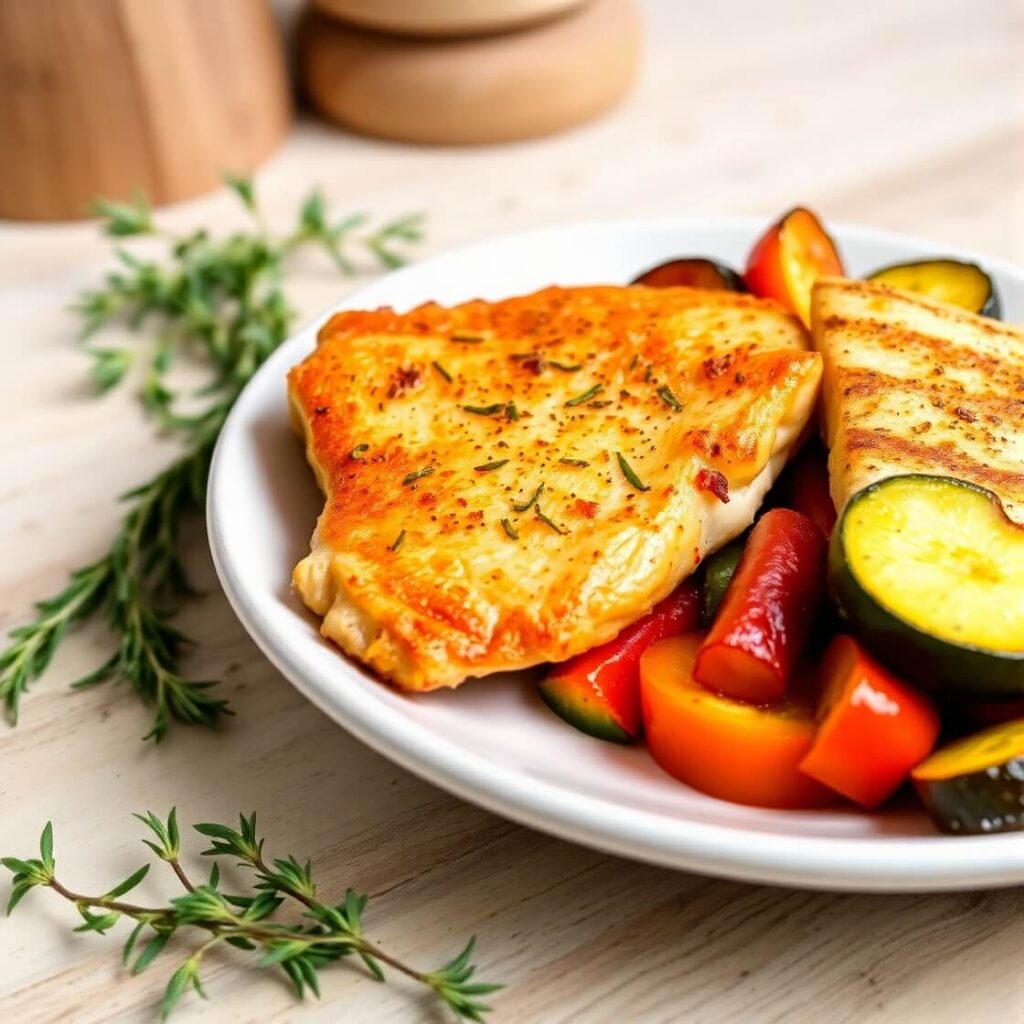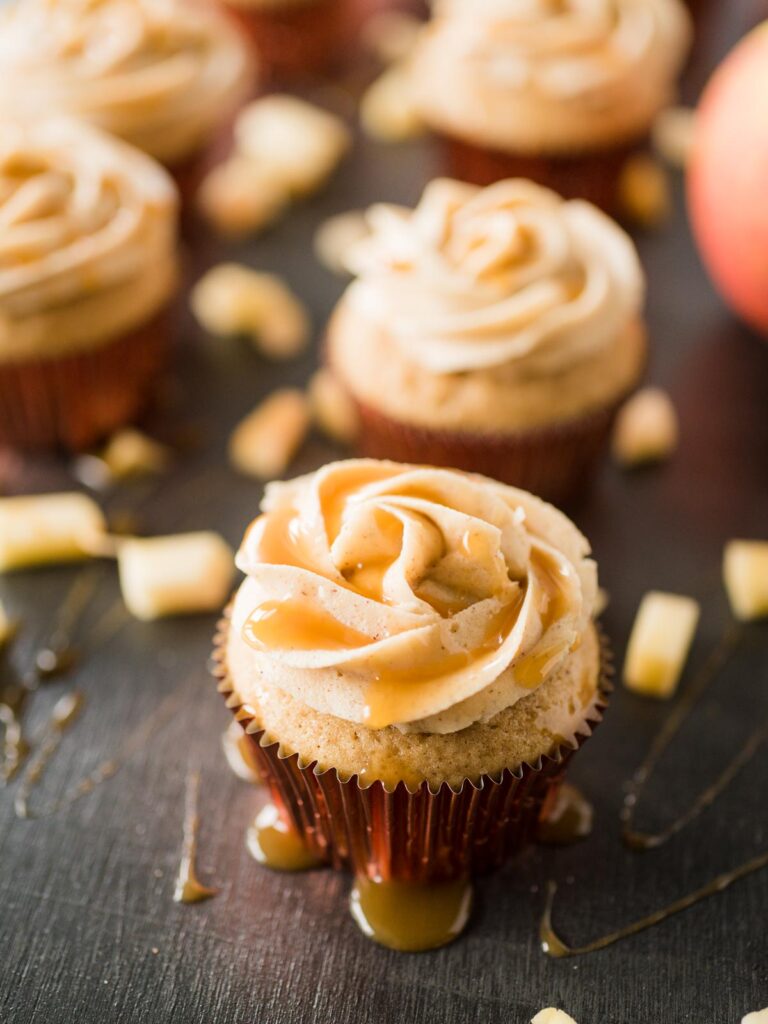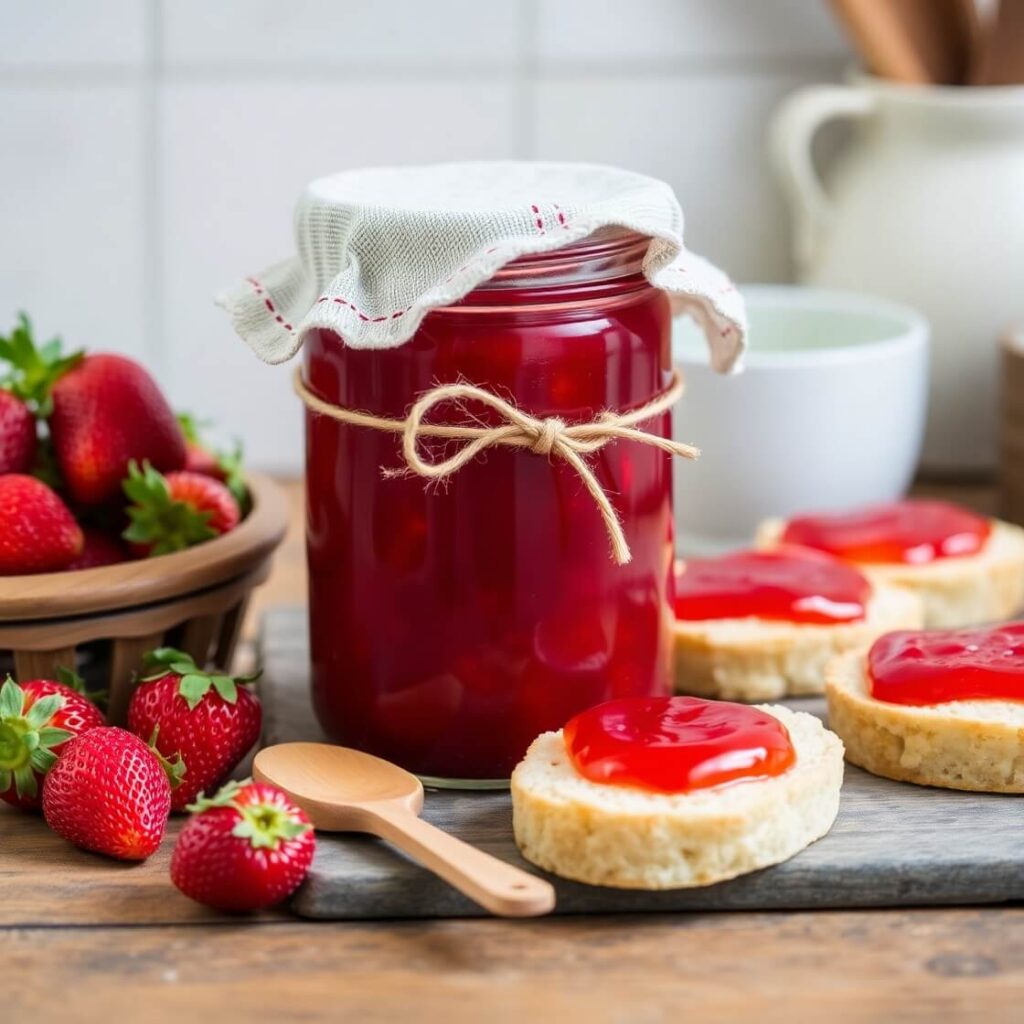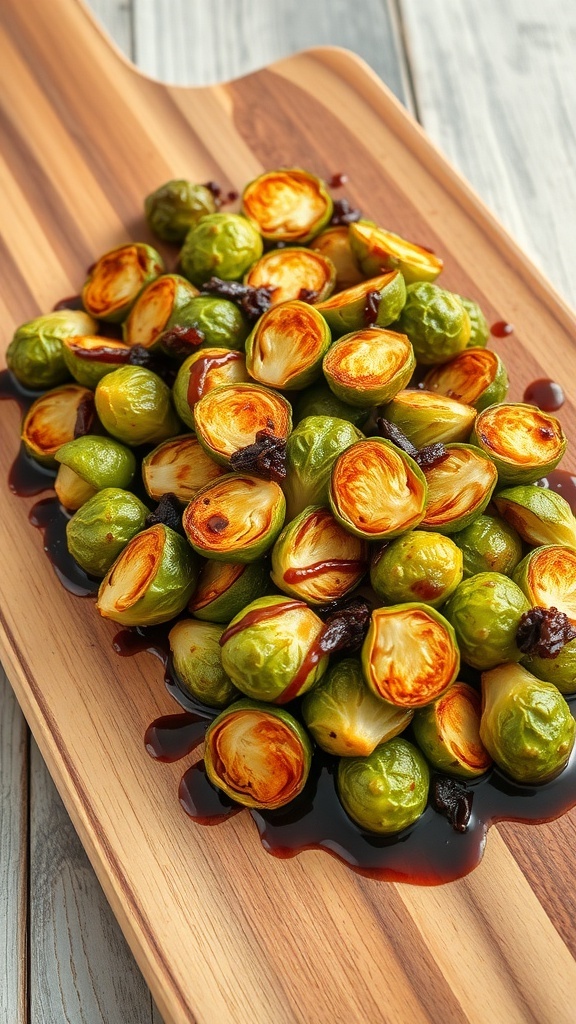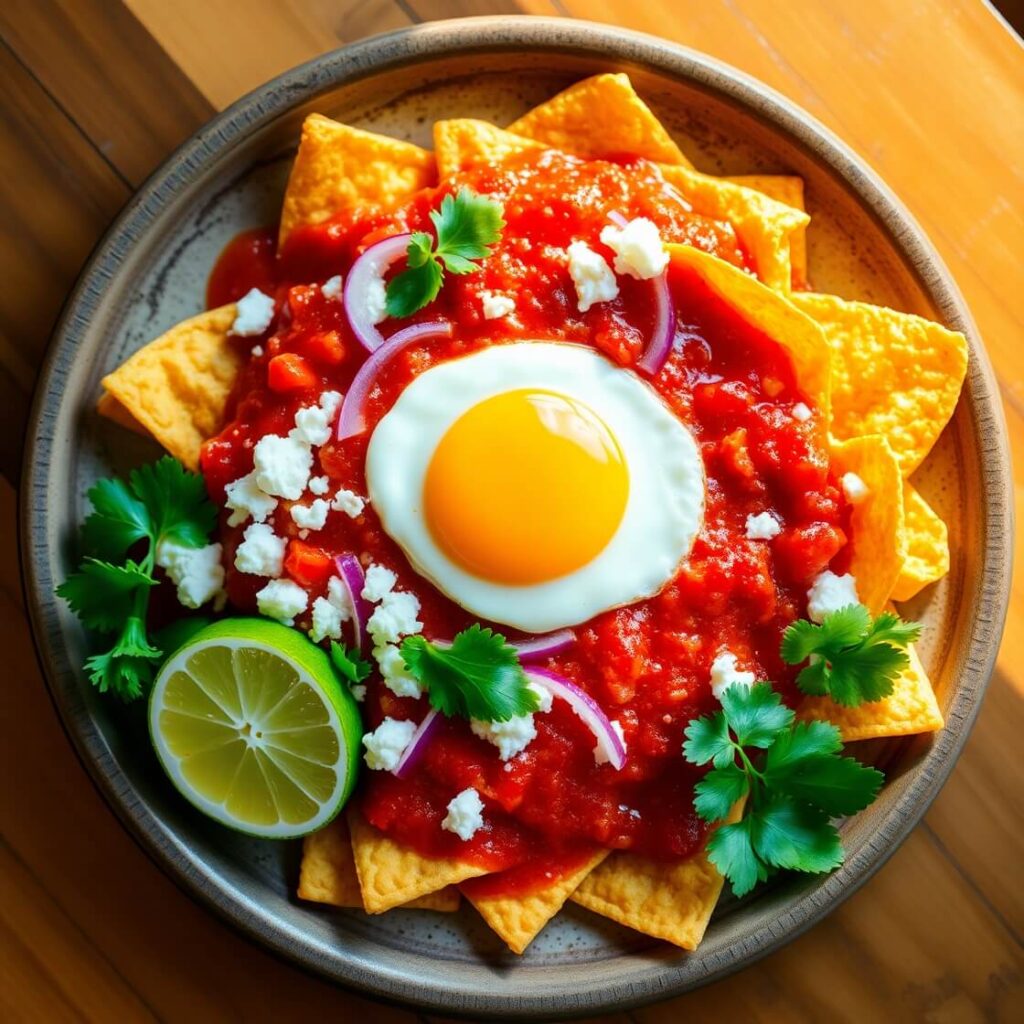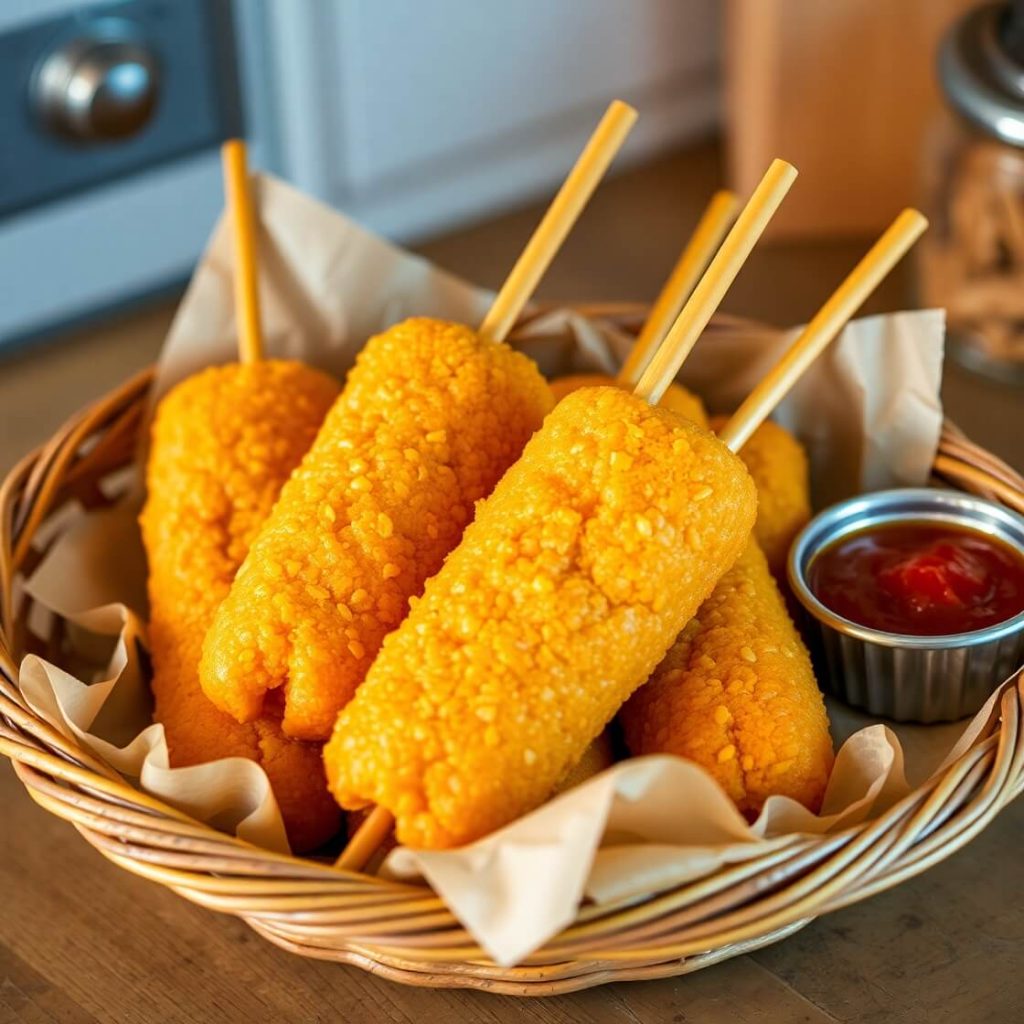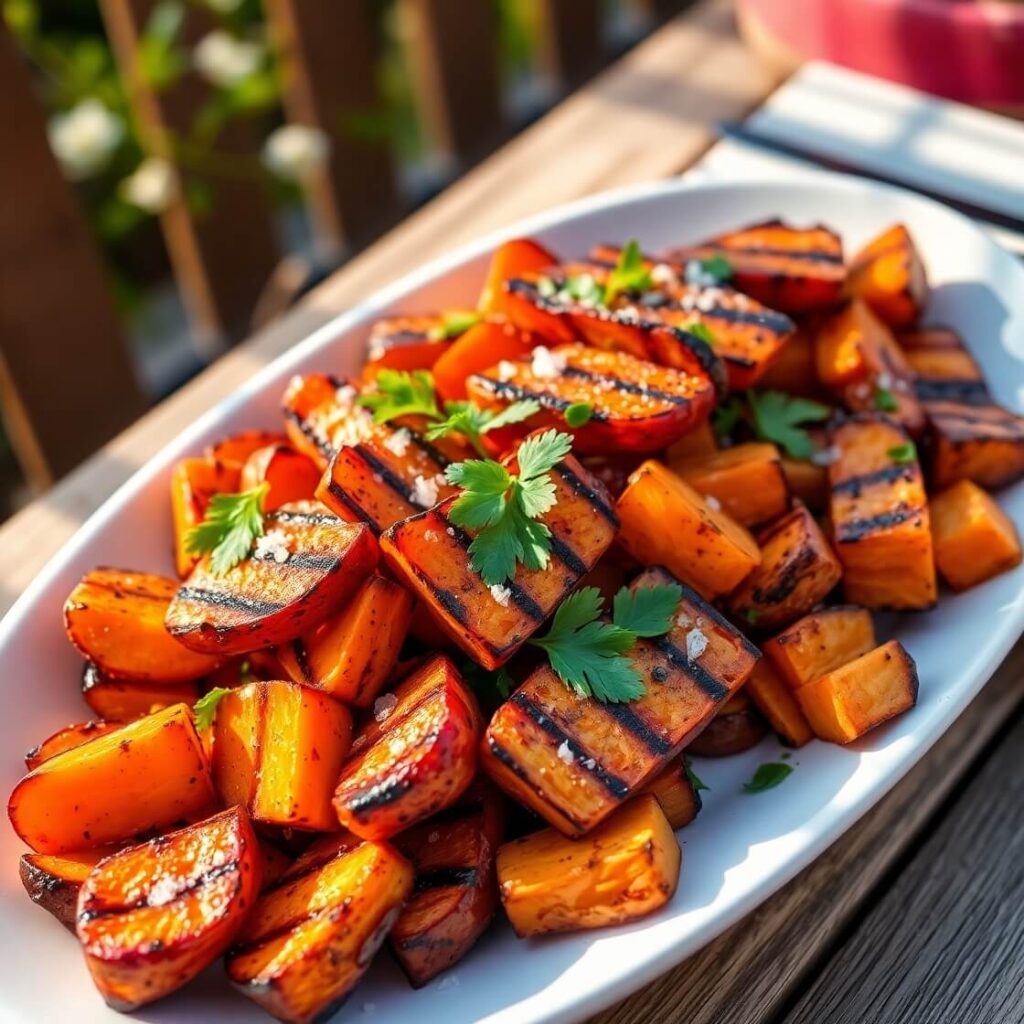Pink Salt Diet Recipe
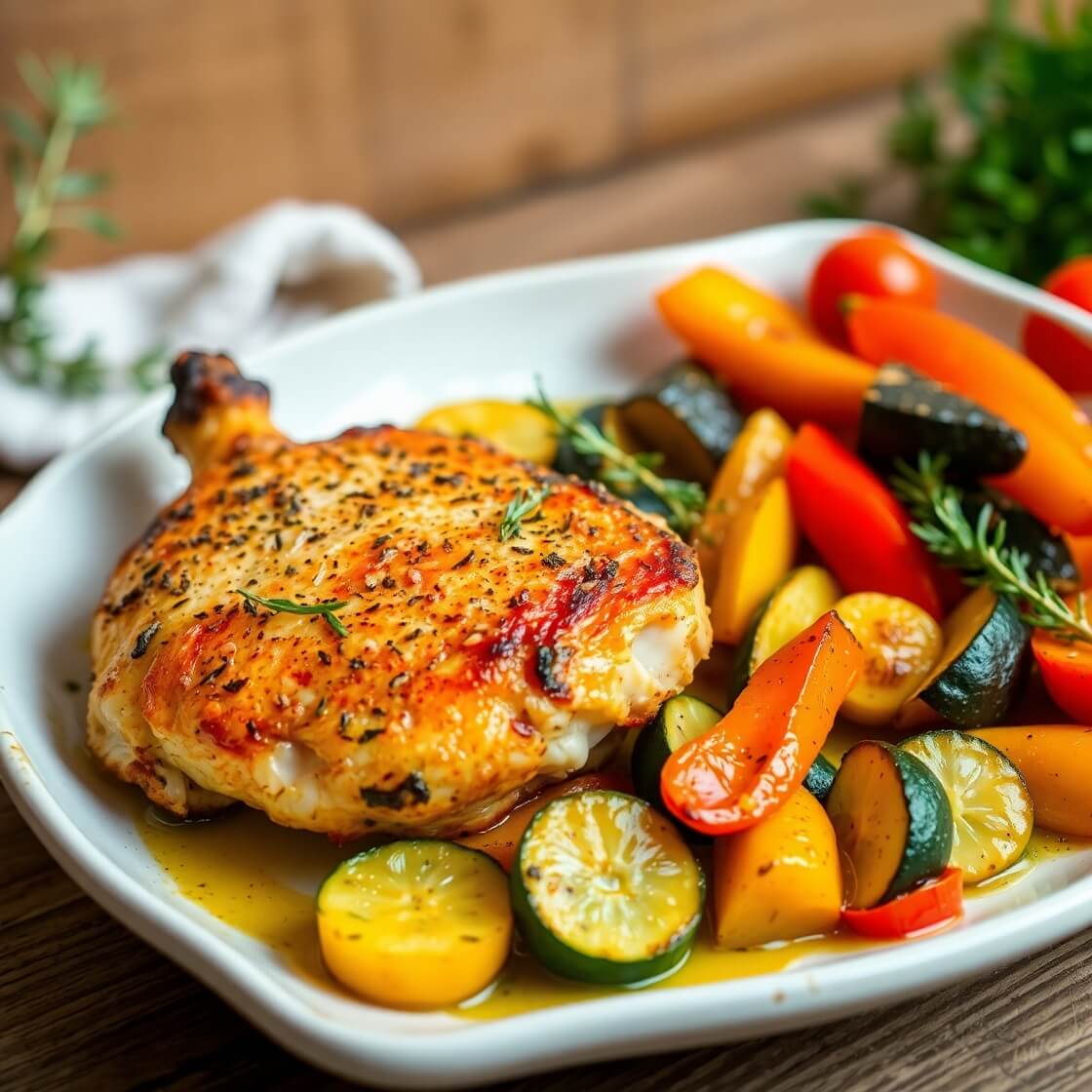
I’ll never forget the first time I stumbled upon pink Himalayan salt at a little farmer’s market tucked between the downtown bakeries. Its soft rose color instantly drew me in, but it was the tiny crystalline chunks that fascinated me the most. I remember telling the vendor, “Does it really taste different?” She laughed and said, “Try it, and you’ll see.” That evening, I sprinkled a bit over my roasted vegetables, and my kitchen was suddenly filled with this subtle, earthy aroma that made everything feel warmer and richer.
Since then, pink salt has become a quiet but constant presence in my cooking. I even experimented with a small “pink salt diet” for a week, not as a strict regimen, but as a gentle way to enjoy cleaner flavors, mindful seasoning, and that satisfying pop of color in my meals. My family, initially skeptical, eventually started reaching for it at the table, especially after the roasted potatoes experiment that almost stole the show.
Cooking Time Snapshot
This recipe is deceptively simple but makes a flavorful impact. Here’s a quick glance at timing:
Prep Time: 10 minutes
Cook Time: 20 minutes
Total Time: 30 minutes
Servings: 4
It’s perfect for a weeknight dinner or a relaxed weekend lunch when you want something nourishing but not complicated.
Ingredients in Context
One of my favorite things about this recipe is how each ingredient tells a story. You’ll need:
- Pink Himalayan salt – The star here, offering a mild, mineral-rich flavor. You can substitute with sea salt, but the color and trace minerals won’t be quite the same.
- Olive oil – Adds a silky texture and richness. I prefer extra-virgin for that peppery finish.
- Fresh vegetables – I usually rotate bell peppers, zucchini, and carrots. Seasonal vegetables work beautifully.
- Quinoa or brown rice – A wholesome base that absorbs flavors without overshadowing the pink salt.
- Lemon juice – Brightens and balances the mineral taste of the salt.
- Fresh herbs – Parsley, cilantro, or dill for a pop of freshness.
Buying high-quality, fresh produce makes all the difference here. I remember the first time I tried this with slightly wilted herbs—it tasted fine, but the aroma wasn’t nearly as vibrant. Always go for freshness when you can.
Why This Recipe Works
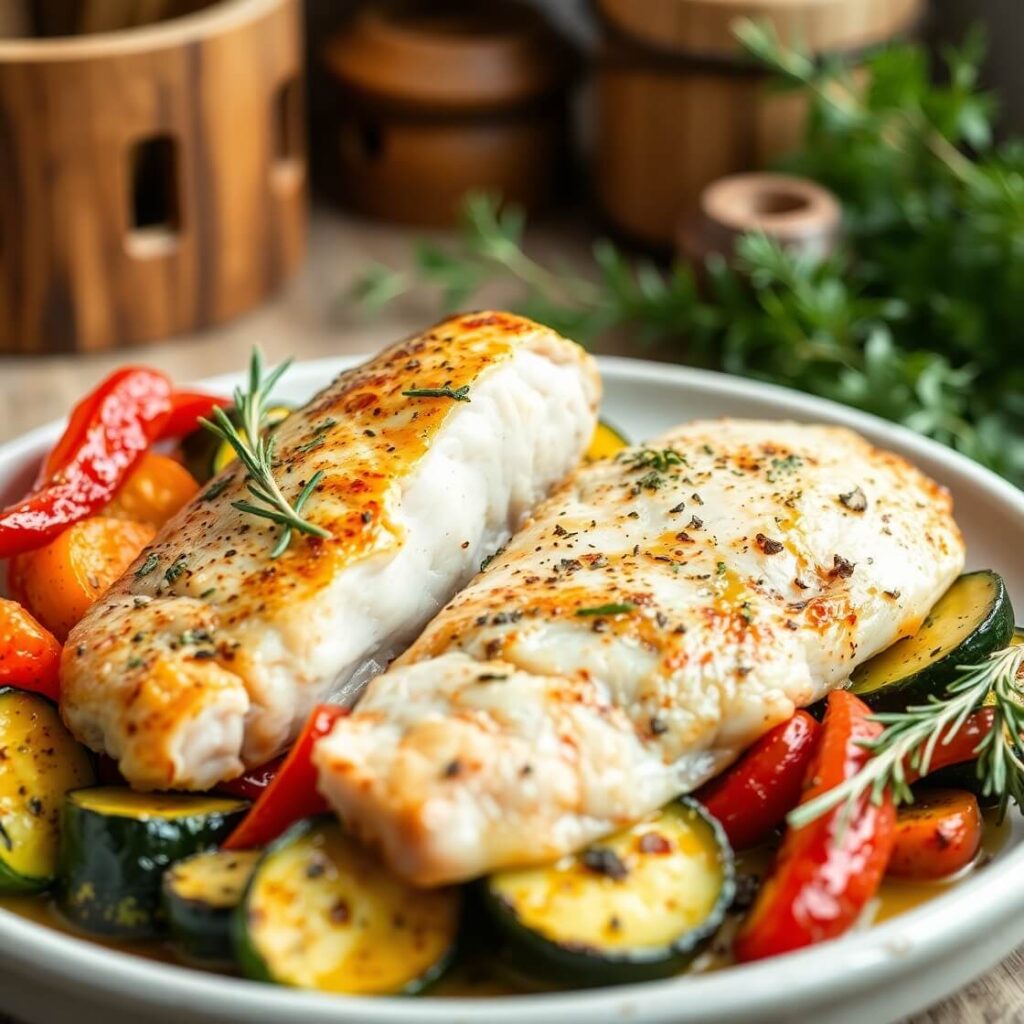
What makes this dish shine is its simplicity and balance. Pink salt doesn’t just season; it elevates every ingredient. Unlike table salt, it’s less harsh, allowing the natural flavors of vegetables, grains, and herbs to come forward. The citrus and olive oil add layers of brightness and silkiness, creating a dish that feels both light and satisfying.
Another reason I love this recipe is that it’s forgiving. You can adjust vegetable quantities, swap grains, or even throw in some roasted nuts for crunch. It’s impossible to “mess it up,” though I admit my first attempt involved slightly over-roasted carrots—but that smoky sweetness ended up being a happy accident.
Step-by-Step Instructions
- Prep your ingredients: Chop vegetables into bite-sized pieces. Rinse your quinoa or rice under cold water to remove any bitterness.
- Cook the base: Heat olive oil in a large skillet over medium heat. Add your grains and toast lightly for 2–3 minutes, stirring occasionally. This adds subtle nutty flavor.
- Sauté vegetables: Add vegetables to the skillet, tossing to coat in oil. Sprinkle a pinch of pink salt while cooking. Listen for the gentle sizzle—that’s when you know they’re caramelizing just right.
- Add finishing touches: Once vegetables are tender-crisp, remove from heat. Stir in fresh herbs and a squeeze of lemon juice. Taste and adjust seasoning with a bit more pink salt if needed.
- Serve immediately: Transfer to bowls or a large serving dish. The grains should be fluffy, the vegetables bright, and the pink salt crystals glistening like tiny edible jewels.
Serving Ideas That Make It Shine
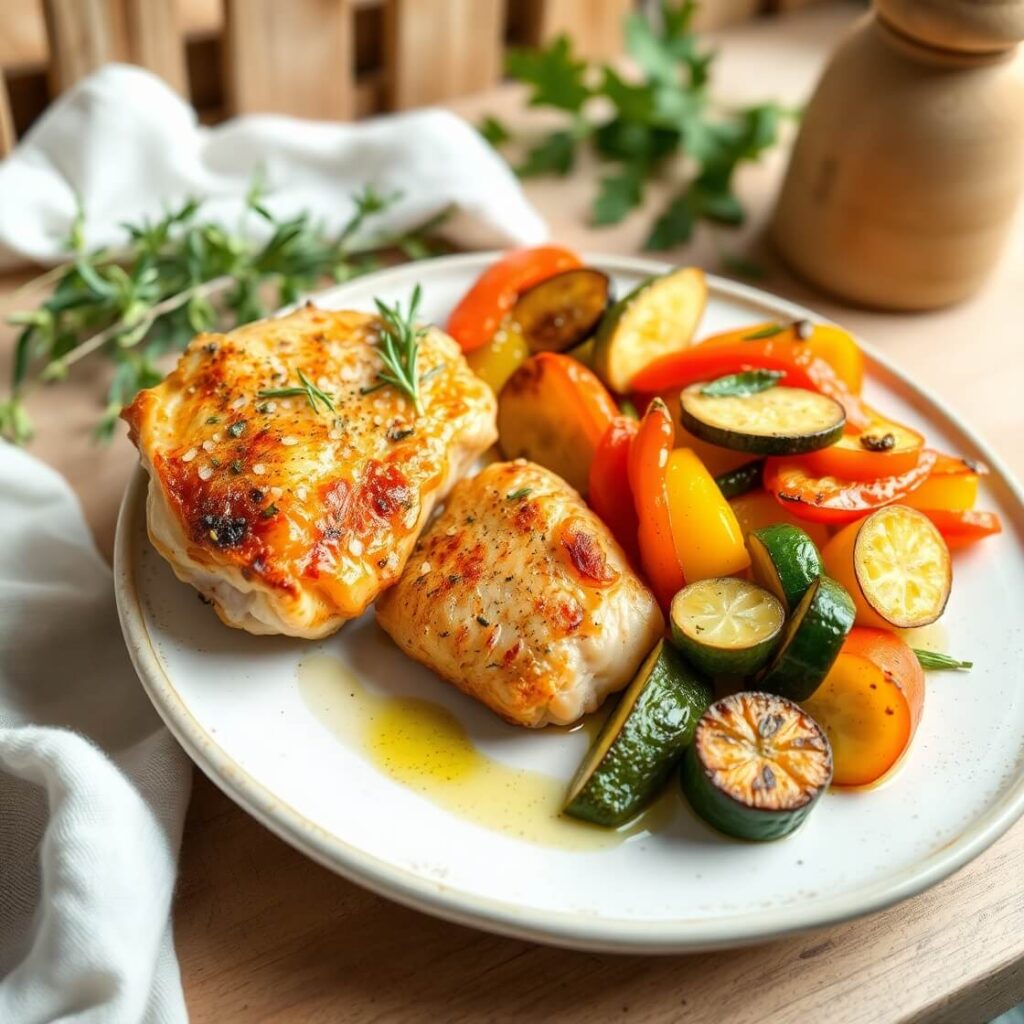
One of my favorite ways to serve this pink salt vegetable bowl is in wide, shallow bowls with a drizzle of extra olive oil over the top. The grains and vegetables practically glisten under the light, highlighting those soft rose-hued salt crystals.
Sometimes, I like to add a few roasted chickpeas for crunch or a dollop of yogurt for creaminess. On weekends, my family loves turning it into a light grain bowl lunch—everyone adds their favorite toppings, from avocado slices to a squeeze of hot sauce. It’s simple, but it feels special, like we’re eating a restaurant-style bowl at home.
For a more elegant presentation, scatter some edible flowers or microgreens on top. They contrast beautifully with the pink salt and add a fresh aroma that makes every bite feel celebratory.
Pro Notes & Mistakes to Avoid
I’ve learned a few things the hard way with pink salt recipes.
- Don’t over-salt: Pink Himalayan salt is more flavorful than regular table salt. I once added a whole teaspoon at the start, thinking it was mild—and my roasted carrots ended up tasting almost too intense. I now sprinkle lightly during cooking and adjust at the end.
- Mind the heat: Cooking vegetables too quickly on high heat can cause them to burn, which overpowers the delicate salt flavor. Medium heat works best for a tender-crisp texture.
- Fresh herbs matter: I tried this recipe once with dried parsley, and it lacked the brightness I love. Fresh herbs make a world of difference, especially when combined with lemon juice.
The key is to watch, taste, and trust your senses. The first few times, I leaned on my nose and eyes more than the recipe, and that’s when it started feeling effortless.
Storage and Make-Ahead Tips
This recipe is flexible for meal prep:
- Store leftovers in an airtight container in the fridge for up to three days. The vegetables retain most of their texture, and the grains stay fluffy.
- Reheat gently on the stovetop with a splash of olive oil to bring back some of the initial flavor. Avoid microwaving for long periods—it can make the vegetables soggy.
- You can make the grain base ahead of time and store it separately. When ready to eat, toss with fresh sautéed vegetables and pink salt to keep textures bright.
If you like batch cooking, roast a large tray of vegetables over the weekend and sprinkle them with pink salt. During the week, pair them with freshly cooked grains for quick, healthy meals.
FAQs About Pink Salt and This Recipe
Can I use table salt instead of pink Himalayan salt?
Yes, but the subtle mineral flavor and beautiful color will be missing. Pink salt brings a delicate, earthy note that makes this dish special.
Is this suitable for a low-sodium diet?
You can adjust the amount of pink salt to your taste. Start with a small sprinkle and add gradually—its flavor is potent, so less often works well.
Can I make this vegan or gluten-free?
Absolutely. This recipe is naturally gluten-free and vegetarian. It’s also vegan if you skip optional yogurt toppings.
How do I keep vegetables crisp when storing?
Store them separately from grains if possible, and reheat lightly over medium heat with a bit of oil. This preserves texture and flavor.
Can I use other grains besides quinoa or brown rice?
Yes! Bulgur, farro, or even millet works beautifully. Adjust cooking time according to the grain’s instructions.
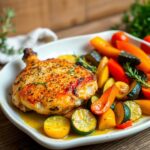
Pink Salt Diet Recipe
- Total Time: 35 minutes
- Yield: 4 1x
- Diet: Low Calorie
Description
This recipe highlights the natural goodness and subtle flavor of Himalayan pink salt, transforming simple ingredients into a nourishing, tasty meal. Perfect for those seeking to reduce processed salt without sacrificing flavor, this dish brings balanced seasoning and wholesome nutrition to your table. Using fresh herbs and quality olive oil, it’s easy to prepare and suitable for a variety of proteins or vegetables. Whether you’re following a low-sodium diet or simply want to explore a healthier seasoning alternative, this recipe is a delicious way to incorporate pink salt’s mineral benefits into everyday cooking.
Ingredients
- 1 teaspoon Himalayan pink salt
- 1/2 teaspoon freshly ground black pepper
- 2 cloves garlic, minced
- 1 tablespoon fresh rosemary or thyme, chopped
- 2 tablespoons extra virgin olive oil
- 1 pound lean protein (chicken breast, fish fillets, tofu) or mixed vegetables (e.g., zucchini, bell peppers)
Instructions
- Pat your protein or vegetables dry and coat with olive oil.
- Mix pink salt, pepper, garlic, and herbs in a small bowl.
- Evenly sprinkle the seasoning mix over your ingredients.
- Cook in a preheated oven at 375°F (190°C) for 20-25 minutes or pan-sear on medium heat until cooked through.
- Baste halfway through cooking with pan juices or additional olive oil.
- Let rest for 5 minutes before serving.
Notes
- Adjust salt quantity according to taste, especially if substituting with regular salt.
- Fresh herbs can be swapped for dried if needed, using half the quantity.
- For added flavor, finish with a squeeze of fresh lemon juice or sprinkle of coarse pink salt.
- Prep Time: 10 minutes
- Cook Time: 25 minutes
- Category: Main Dish
- Method: Oven/Roasting or Pan-Searing
- Cuisine: Contemporary Healthy
Nutrition
- Serving Size: 4
- Calories: 210
- Sugar: 1g
- Sodium: 350mg
- Fat: 12g
- Saturated Fat: 2g
- Unsaturated Fat: 10g
- Trans Fat: 0g
- Carbohydrates: 5g
- Fiber: 2g
- Protein: 25g
- Cholesterol: 65mg

